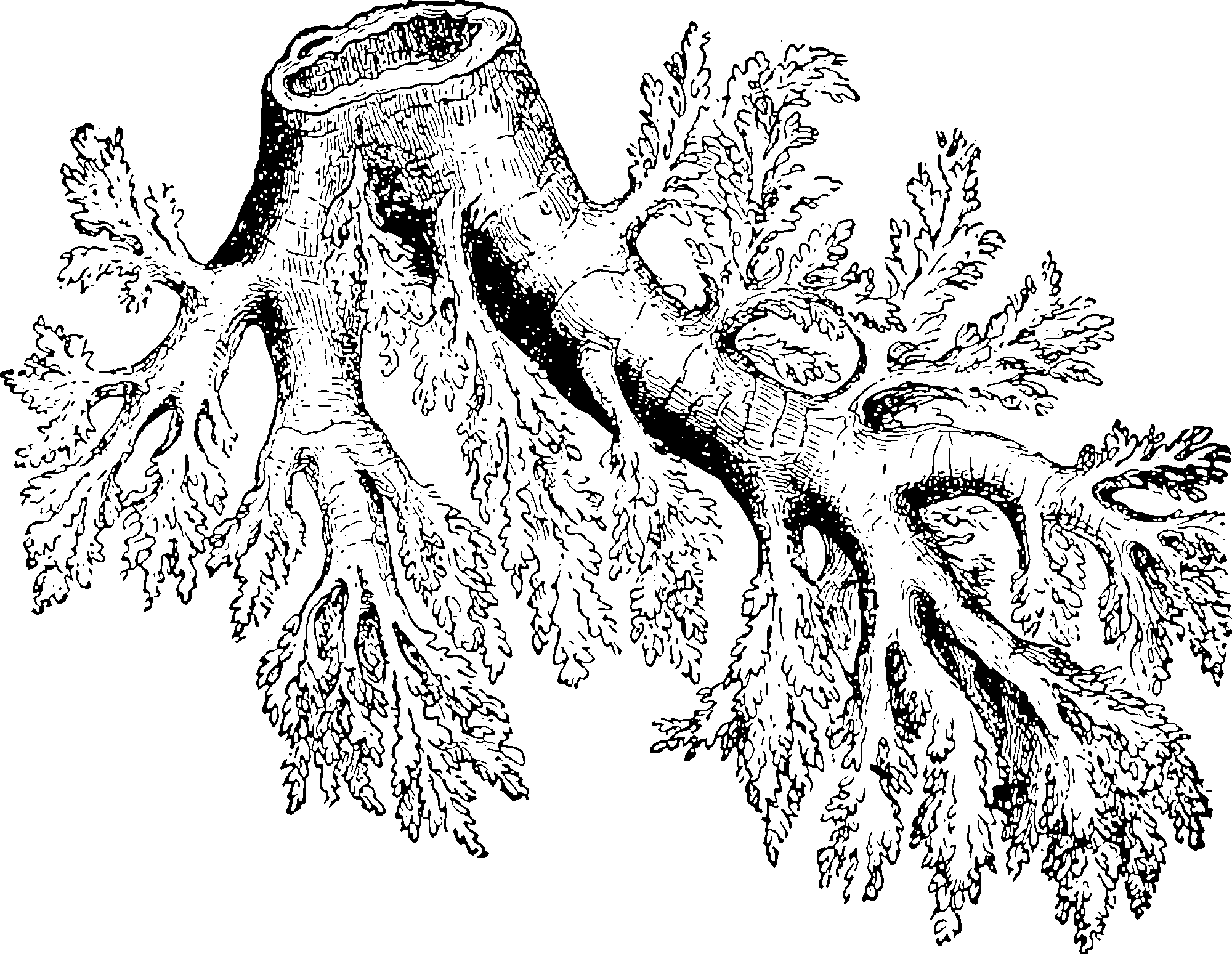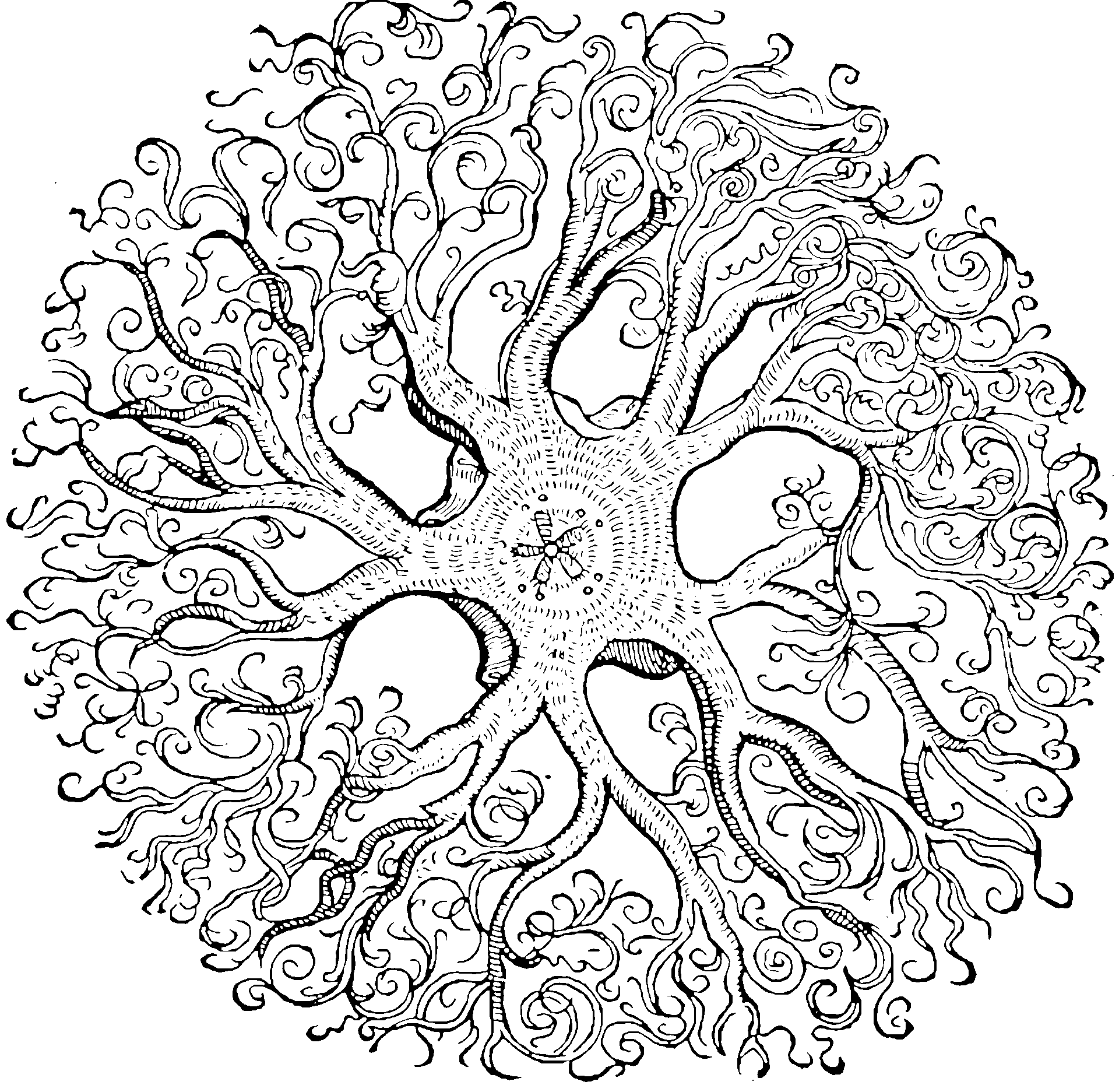Fractals and self-similarity
November 13, 2011 — September 21, 2021
Suspiciously similar content
Objects with a fractional Hausdorff dimension, AFAICT. For some equivocation on this theme, see wikipedia.
1 Iterated function systems
Connection to design grammars.
Fun fact: there is a fractal renderer built into GIMP.
2 Mandelbrot sets I guess
TBD
3 Non-local derivatives
4 Long memory time series
See, for example, fractional brownian motion, long memory time series.
5 In nature
Pattern formation in nature often looks fractal to some approximation, or at some range of scales.
6 Relationship to dimensions
David S. Richeson, A Mathematician’s Guided Tour Through High Dimensions does a nice job of relating fractals to measure-theoretic notions of dimension.
7 Estimating fractal dimension
Question: How closely related is this to estimating a Hurst exponent? How close to grammatical induction? Various classic methods based on naïve plug-in versions of mathematical definitions are given in Theiler (1990). A new one, which I am curious about, is Chamorro-Posada (2016) based on some kind of compression argument, basically, gzipping copies of the image that have been downsampled by various ratios and watching how the file size changes as a kind of entropy estimate.
I am reminded of Cosma Shalizi’s cautionary note on estimating Entropies and Information using Lempel-Ziv, and the caveat:
Jose M. Amigo, Janusz Szczepanski, Elek Wajnryb and Maria V. Sanchez-Vives, “Estimating the Entropy Rate of Spike Trains via Lempel-Ziv Complexity”, Neural Computation 16 (2004): 717–736: Normally, I have strong views on using Lempel-Ziv to measure entropy rates, but here they are using the 1976 Lempel-Ziv definitions, not the 1978 ones. The difference is subtle, but important; 1978 leads to gzip and practical compression algorithms, but very bad entropy estimates; 1976 leads, as they show numerically, to reasonable entropy rate estimates, at least for some processes. Thanks to Dr. Szczepanski for correspondence about this paper.]


